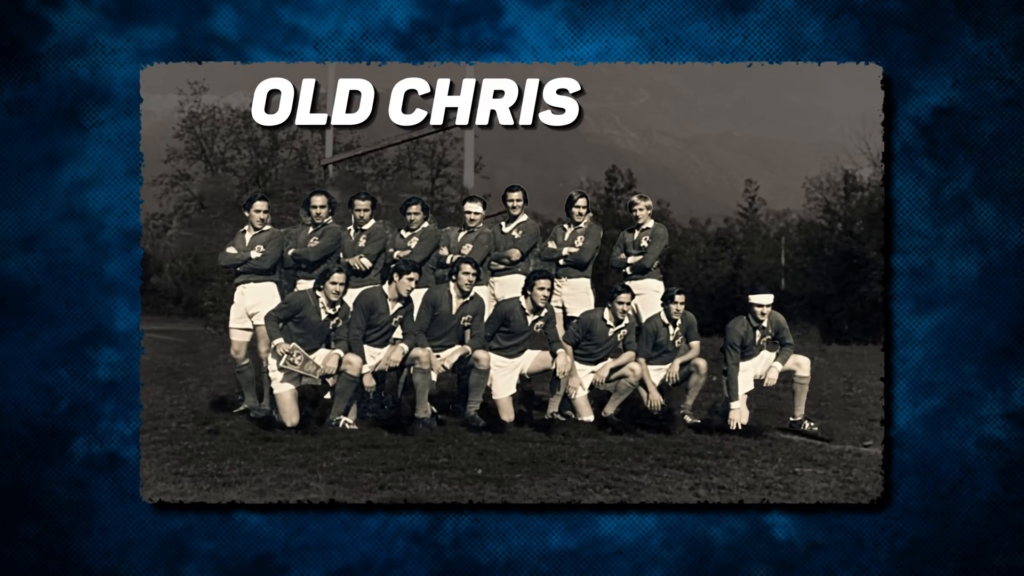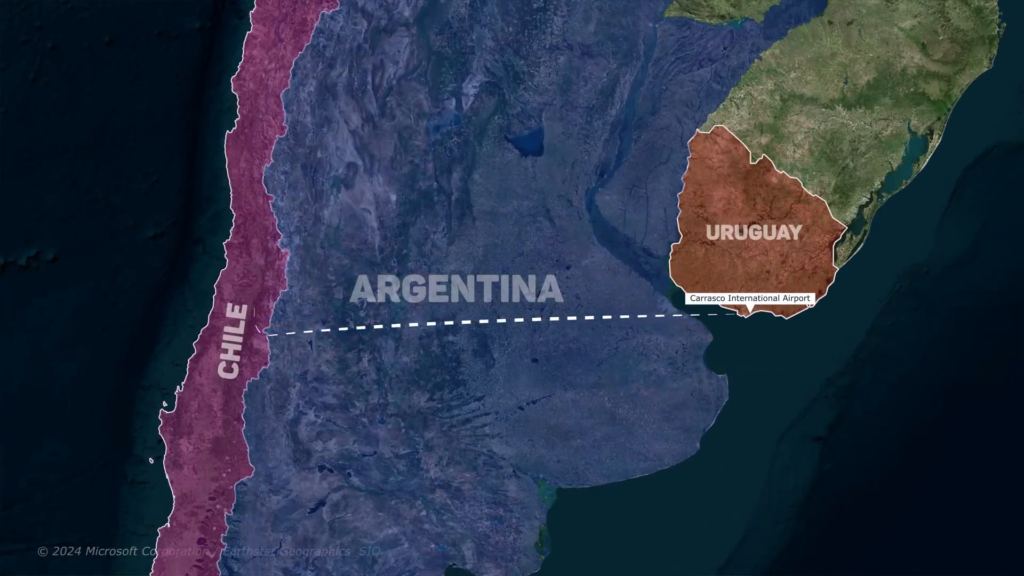Understanding the Tragedy
The 1972 Andes plane crash remains one of the most astonishing survival stories in aviation history. On October 13, 1972, a Uruguayan Air Force Fairchild FH-227D aircraft, carrying 45 passengers, including a rugby team, crashed into the Andes Mountains due to severe weather and navigational errors. The crash left the survivors, known as the Andes Plane Crash Survivors, stranded in a remote area, facing extreme cold, high altitudes, and dwindling supplies.
In the aftermath of the crash, the Andes Plane Crash Survivors faced unimaginable challenges. With no immediate rescue in sight, they were forced to confront their grim reality. This tale is not just about survival; it’s about the human spirit’s resilience and the lengths one will go to stay alive.

The Immediate Aftermath of the Crash
After the plane crash, the Andes Plane Crash Survivors quickly realized they were in a dire situation. The initial shock of the crash was soon replaced by the harsh reality of their environment. They were cut off from the world, surrounded by snow-covered mountains, with little hope of rescue.
In the days following the crash, the Andes Plane Crash Survivors had to make critical decisions about their survival. With limited food supplies and no means of communication, they faced the chilling prospect of starvation. The group had to band together to figure out how to survive in such harsh conditions.
The Struggle for Survival
As days turned into weeks, the Andes Plane Crash Survivors faced dwindling food supplies. They soon realized that if they were to survive, they would have to make the unthinkable decision to resort to cannibalism. This decision was not taken lightly, but in the face of starvation, it became a necessity.
The Andes Plane Crash Survivors had to overcome their moral and ethical boundaries to ensure their survival. This decision highlighted the primal instinct to live, even when faced with unimaginable circumstances. The psychological toll of such decisions weighed heavily on them, but the will to survive prevailed.
The Dynamics of Survival
In the face of adversity, the dynamics within the group of Andes Plane Crash Survivors changed. Initially, there were leaders and followers, but as the situation evolved, everyone had to contribute to the group’s survival. The lack of a single authority figure forced the survivors to rely on one another, fostering a sense of unity and shared purpose.
This unity was crucial in their fight for survival. They learned to work together, utilizing each person’s strengths to overcome the challenges they faced. The experience tested their limits, both physically and mentally, and ultimately shaped their survival strategy.
The Rescue and Its Aftermath
After 72 grueling days, the Andes Plane Crash Survivors were finally rescued. The story of their survival became a testament to the human spirit’s resilience. They had faced the unimaginable and emerged stronger, forever changed by their experience. The survivors returned to a world that could not fully comprehend the horrors they had endured.
The psychological scars of their ordeal remained, but they found ways to cope and move forward with their lives. Many of the Andes Plane Crash Survivors have since shared their stories, educating others about the realities of survival and the complexities of human nature when faced with life-and-death situations.

Lessons Learned from the Andes Plane Crash
The Andes plane crash teaches us invaluable lessons about survival, resilience, and the power of the human spirit. Here are some key takeaways:
- The Importance of Teamwork: In extreme situations, collaboration and unity are vital. The Andes Plane Crash Survivors had to rely on one another to make crucial decisions and execute survival strategies.
- Moral Dilemmas: Survival often forces individuals to confront ethical boundaries. The decisions made in life-threatening situations can be complex and fraught with emotional turmoil.
- Resilience: The human spirit is capable of incredible endurance. The Andes Plane Crash Survivors demonstrated that with determination and hope, one can overcome even the most harrowing circumstances.
- Adaptability: The ability to adapt to changing situations is crucial for survival. The Andes Plane Crash Survivors had to continually reassess their circumstances and adjust their strategies accordingly.
- Psychological Impact: The mental toll of survival situations can be profound. Understanding and addressing these psychological effects is essential for long-term recovery.
Conclusion
The Andes plane crash remains a powerful narrative of survival and resilience. It serves as a reminder of the lengths to which individuals will go to survive and the strength of the human spirit in the face of adversity. The lessons learned from this tragic event continue to resonate, offering insight into the complexities of survival and the moral dilemmas that often accompany it.
